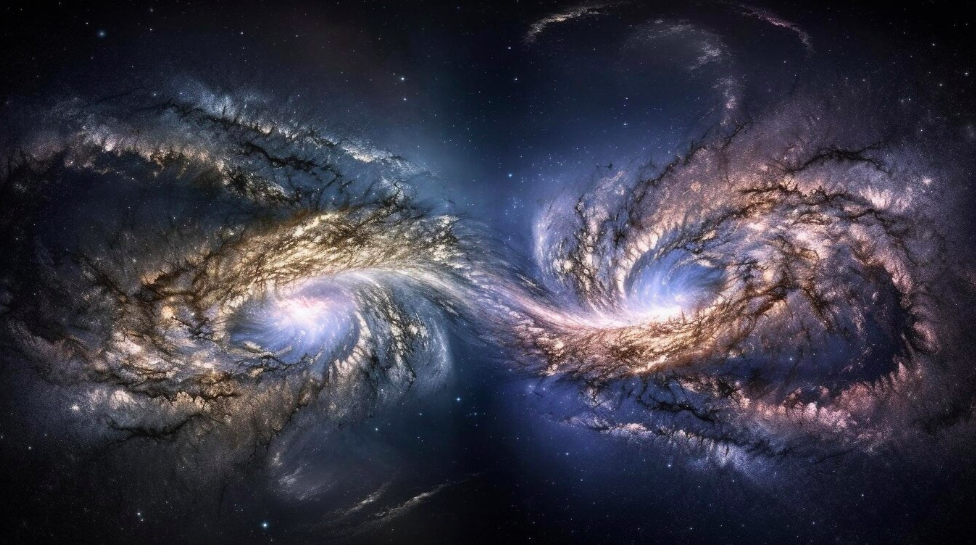Stellar Spectacles: Witnessing Supernovae and their Explosive Beauty

In the grand tapestry of the cosmos, few events are as awe-inspiring and cataclysmic as supernovae. These extraordinary stellar explosions, which mark the fiery end of massive stars, have fascinated astronomers and astrophysicists for centuries. In this exploration, we delve into the captivating phenomena of supernovae, revealing their explosive beauty and the profound insights they offer into the workings of the universe.
The Stellar Lifecycle
To understand supernovae, we must first grasp the lifecycle of stars. Stars, like our Sun, are celestial objects fueled by nuclear fusion, which counteracts the gravitational forces trying to collapse them. However, massive stars, significantly larger than our Sun, burn through their nuclear fuel at a faster rate and reach the end of their lifecycle in a spectacular fashion.
The Birth of a Supernova
1. Stellar Evolution
Massive stars spend millions of years in a state of equilibrium, fusing lighter elements into heavier ones in their cores. This process provides the energy needed to counteract gravitational collapse.
2. Iron Nuclei: The Breaking Point
As massive stars age, they eventually accumulate iron nuclei in their cores. Iron fusion consumes more energy than it produces, leading to a catastrophic collapse.
3. The Violent Supernova
The core collapse triggers a violent explosion known as a supernova. This release of energy is so immense that it briefly outshines entire galaxies, making the star visible from across the universe.
The Explosive Beauty
Supernovae are cosmic spectacles that captivate both amateur and professional astronomers:
1. Brightness Surpasses Stars
A supernova can briefly outshine an entire galaxy, with its luminosity exceeding that of billions of stars combined. During its peak, it becomes a brilliant point of light in the night sky.
2. Elemental Forges
Supernovae are elemental forges, creating and dispersing heavy elements such as iron, gold, and uranium into space. These elements are crucial for the formation of planets and life itself.
3. Cosmic Fireworks
The explosion propels material into space at incredible velocities, creating shockwaves that interact with surrounding interstellar gas and dust. This collision generates intricate and colorful structures known as supernova remnants.
Types of Supernovae
There are two primary types of supernovae, each with its own unique characteristics:
1. Type I Supernovae
Type I supernovae occur when a white dwarf, the remnant of a star like our Sun, accumulates enough mass from a companion star to reach a critical limit. This triggers a thermonuclear explosion, creating a highly predictable and consistent burst of light.
2. Type II Supernovae
Type II supernovae result from the core collapse of massive stars. They are more diverse in their properties and can be further categorized based on spectral characteristics.
Scientific Insights
Supernovae are not just cosmic fireworks; they are invaluable tools for understanding the universe:
1. Cosmic Distance Indicators
The consistent brightness of Type I supernovae makes them excellent standard candles for measuring cosmic distances. They played a crucial role in the discovery of the accelerated expansion of the universe.
2. Stellar Evolution
Supernovae provide critical insights into the evolution of stars, the synthesis of elements, and the fate of massive celestial objects.
3. Neutron Stars and Black Holes
The remnants of supernovae can form highly dense objects, such as neutron stars and black holes, which continue to challenge our understanding of extreme physics.
Conclusion: A Cosmic Symphony
In conclusion, supernovae are the cosmic symphonies of the universe, marking the fiery finales of massive stars and illuminating the mysteries of the cosmos. These explosive events, both beautiful and destructive, leave behind legacies of elements that shape planetary systems and, ultimately, the potential for life. As we continue to study and marvel at the explosive beauty of supernovae, we deepen our understanding of the grand cosmic drama that unfolds above us.